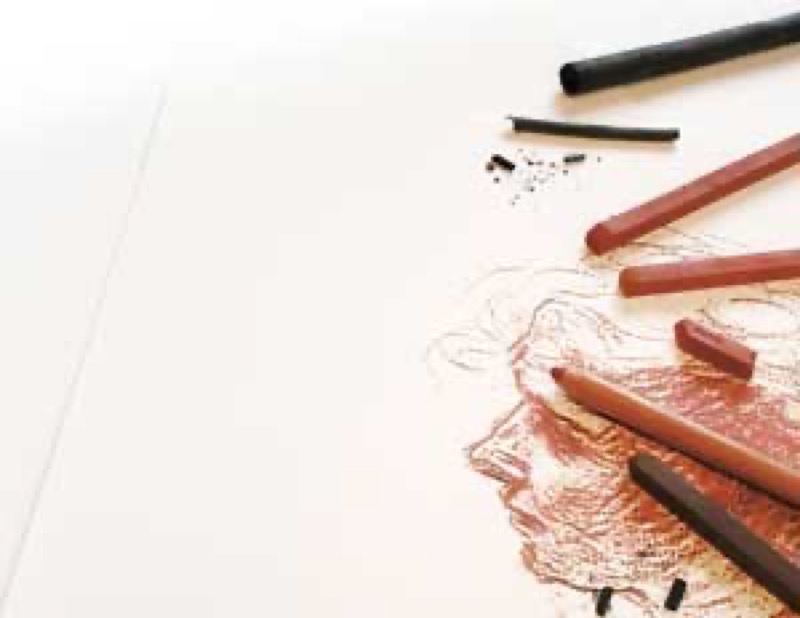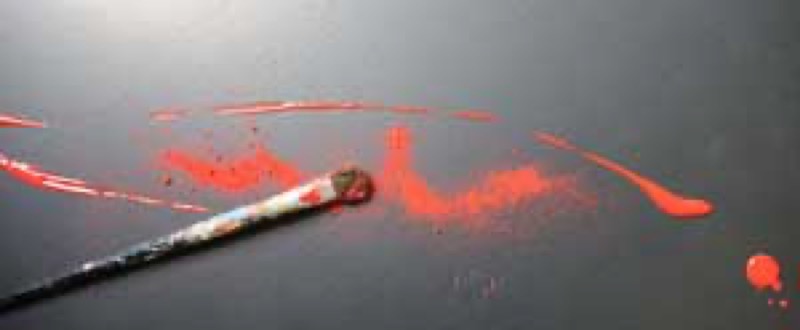Many artists work by combining several media, such as water-based painting and pencil. Some have made it their specialty, happily blending techniques, whether ostentatiously or discreetly. It's a matter of affinity!

Why mix techniques?
To make the most of what each has to offer: The unbeatable luminosity of oils, combined the very fast drying of acrylics; the softness of watercolors highlighted by the hardness of pencil…
To bring out reliefs by overlaying materials: particularly paint and pastel or modeling paste.
To create tones that would be impossible with just one technique: since the Sixteenth Century, "drawings in three chalks" have been based on an alternation between black chalk, sanguine and white chalk, three complementary media.
To protect a work, even if its character is changed: gouache or watercolor on pastel, for example.
Because art is first and foremost synonymous with pleasure. So why choose?

Perfect harmonies: dry and wet media
All dry media are compatible among themselves and have properties in common: graphic or stumped work, possible dilution… The same applies to water techniques: watercolors, gouache, ink or pastel washes, etc.
A dry medium can be used straight and diluted in the same piece.
Paint and dry media can be superimposed, as long as you respect drying times.
Dry and wet media can be applied in whatever order you prefer, with different results: A few charcoal lines add life to watercolors; when applied second, it darkens by mixing with charcoal.
It is possible to apply a dry medium over a wet layer: work carefully, on sturdy paper. You will achieve original blends.
Memo: Caution, touchy media!
Water and oil are frequently presented as foes. However, a gouache or acrylic under-layer is compatible with oils. On the other hand, the reverse is less certain: oil will corrode the support.

Some examples of interactions
Pastels and modeling paste: modeling paste allows you to create high reliefs. Once dry, it can be covered with dry pastels, with the pastel dust falling into the hollows.
Pastel and gouache: the paint will capture the material and gain in volume.
Wax and pastel or paint: wax repels water, but agglutinates particles of pulverulent media (powder-based). Once scraped, it also allows the under-layer to partially show.
Pencils and pastels: the former lend themselves to graphic work, the latter, to color effects. Together, they create and liven up volumes, and add to the subject's personality.
Tip: Incorporating other materials
Various materials used on wet watercolors can create original textures: feather rubbings, sand or rice sprinkled onto the surface, then removed by blowing gently…
You can also glue various materials onto your works: paper, photos, printed texts, wood bark…
Four mistakes you should avoid!
Mixing too many media: at least to begin with, limit yourself to two media to give yourself time to master their subtleties.
Attempting every blend: too many would be a disservice to your subject!
Using media haphazardly: their assets will be better expressed if you use them the right way.
Do not prepare the support: use water resistant paper and stretch it before working. Otherwise, it will be irreparably distorted.
Recommended product:
Imagine
